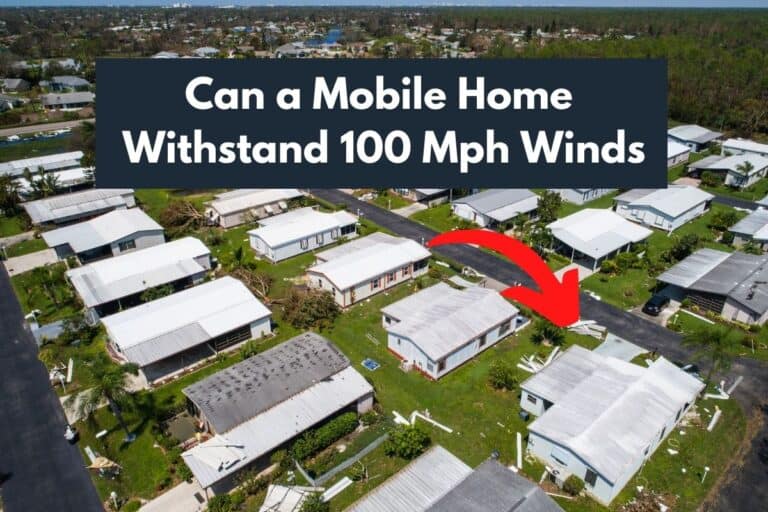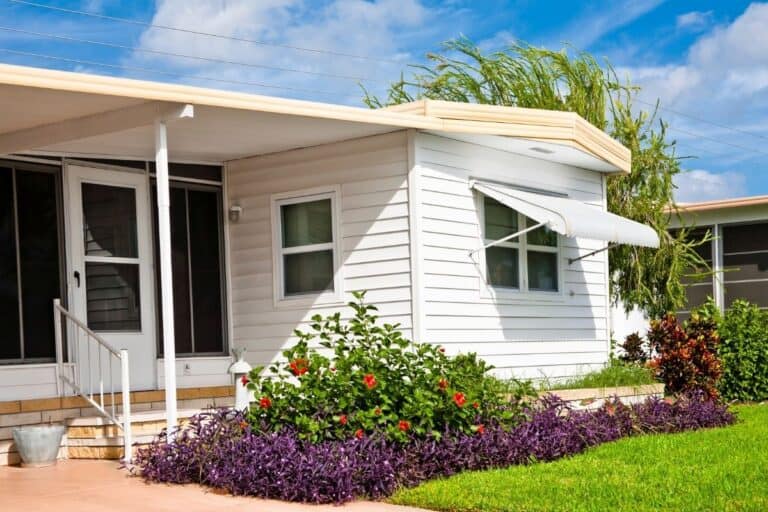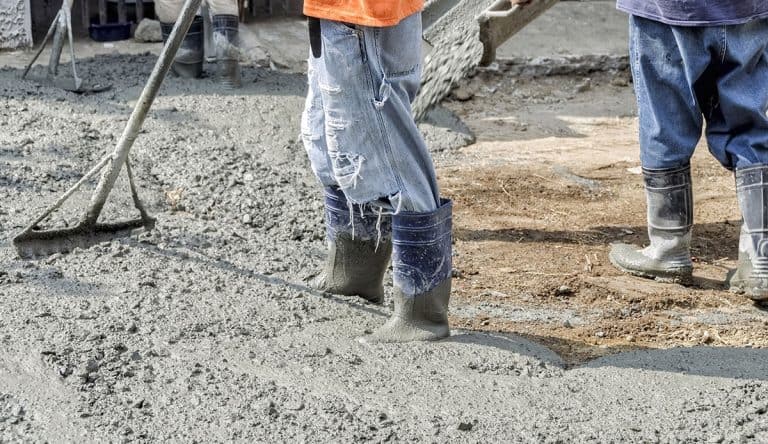Why Your Mobile Home is Shaking and What to Do About It
There’s always going to be at least a little anxiety if your home starts shaking. Perhaps you have no idea why it’s shaking or how to fix it. Or you may already know what causes it, but you still worry if the shaking will cause structural damage to your home.
Mobile homes are prone to shaking in situations where more traditionally framed and constructed homes might not. Such as even a minor earthquake. But even running a heavy load of laundry through your washing machine can cause your mobile home to shake and rattle, especially if your mobile home is out of level.
Because these homes are pre-manufactured and later attached together on-site, like Legos, it’s not uncommon for homeowners to deal with less than perfectly level situations, loosening connections, and home components that aren’t as neatly attached to one another as they could or should have been.
In these situations it doesn’t take much for your home to start to shake.
Below we dig a little deeper into the ins and outs behind why your mobile home may be shaking and what you can to do about it.
Why Is My Mobile Home Shaking?
As highlighted above, there are a couple of different reasons behind why your mobile home may be shaking – and the most obvious one is that you are dealing with an earthquake event.
Like every other man-made structure, your mobile home is going to shake and buckle when you experience an earthquake.
Minor earthquakes won’t cause much damage (usually won’t even cause pictures or knickknacks to fall to the ground), but more significant earthquakes can cause long-term structural damage to your home – and even create potentially dangerous or life-threatening situations if you remain inside.
However, there are also a couple of other reasons why your mobile home may start to shake.
Home Out of Level
Mobile homes are prone to coming out of level more than other types of homes just by the very nature of their construction.
Thankfully though, spotting a home that has come out of level and fixing a home with a re-leveling process is generally pretty simple and straightforward.
For starters, you’re going to want to look for obvious signs that your mobile home is no longer leveled.
Indications of an unleveled home include siding or roofing that has started to buckle, windows and doors that are difficult to open up or close, cabinet doors that swing wide open or stay shut, tie-downs that connect different parts of your mobile home that are starting to pop loose, and obvious signs of erosion or tipping.
These issues can happen for a variety of different reasons that range from extreme moisture loosening the soil underneath your foundation to improper construction of your mobile home and everything in between.
If you’re dealing with these issues, it’s not a bad idea to reach out to your mobile home manufacturer and check to see if your home is still in warranty. If that’s the case, the fix is effortless (usually 100% free of charge), just let the experts handle it for you.
If you are outside of warranty, though, you should hire someone to re-level your home for you. Re-leveling a mobile home typically costs around $450 to $1,000, depending on the size of your home.
It is possible to re-level a mobile home by yourself. It’s not a difficult job, but I do recommend that you involve a friend or family member who has some experience with this kind of task.
Washing Machine Causing the Shakes?
A washing machine with a heavy load can also throw shakes into the structure of your mobile home, especially if we are talking about a relatively small home that uses lightweight construction materials throughout.
Double wide mobile homes are particularly prone to heavy washing machines making it feel like the floor is coming apart when they are in operation.
This is almost always because of the heavy duty agitator built inside of modern washing machines working overtime to wash a heavy load of laundry and there’s really nothing to worry about.
If the shakes become really significant or really severe you may need to have someone come out and take a closer look to find out exactly what’s going on.
Manufactured Homes Usually Have Higher Seismic Vulnerability Levels
Finally, through the very nature of mobile home construction and the way that they are set on top of all different kinds of foundation systems, mobile and manufactured homes generally have a higher level of seismic vulnerability than more traditionally framed homes.
This is something addressed in the HUD Building Code as well as most state and municipal codes. You need to be sure that your home is ‘shape proof’ from the manufacturer, particularly if you live in areas where there is a lot of seismic activity, to begin with.
In Summary
There are a few different reasons why your mobile home may be shaking right now or in the future, but luckily most of the fixes for this issue are pretty simple and straightforward, and (relatively) inexpensive).
At the end of the day, as long as you get ahead of these shaking issues before they become major problems you shouldn’t have much to worry about.






